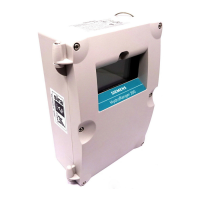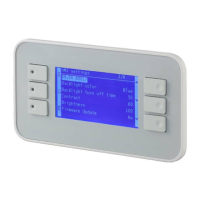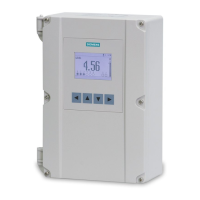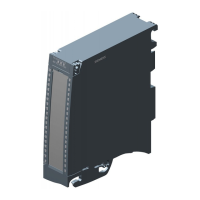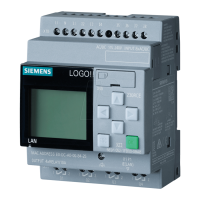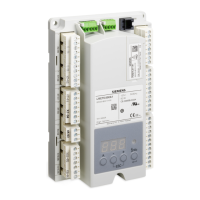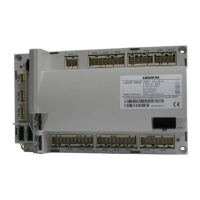hwc_glossary.fm
A31003-W1040-U101-1-7619, July 2006 DRAFT
HiPath Wireless Controller, Access Points and Convergence Software V4.0, C10/C100/C1000 User Guide
279
Glossary
Networking terms and abbreviations
Packet The unit of data that is routed between an origin and a destination on
the Internet or any other packet-switched network. When any file is
sent from one place to another on the Internet, the Transmission
Control Protocol (TCP) layer of TCP/IP divides the file into packets.
Each packet is separately numbered and includes the Internet address
of the destination. The individual packets for a given file may travel
different routes through the Internet. When they have all arrived, they
are reassembled into the original file (by the TCP layer at the receiving
end).
PAP Password Authentication Protocol is the most basic form of
authentication, in which a user's name and password are transmitted
over a network and compared to a table of name-password pairs.
Typically, the passwords stored in the table are encrypted. (See
CHAP).
PDU Protocol Data Unit. A data object exchanged by protocol machines
(such as management stations, SMUX peers, and SNMP agents) and
consisting of both protocol control information and user data. PDU is
sometimes used as a synonym for “packet''.
PEAP PEAP (Protected Extensible Authentication Protocol) is an IETF draft
standard to authenticate wireless LAN clients without requiring them
to have certificates. In PEAP authentication, first the user
authenticates the authentication server, then the authentication server
authenticates the user. If the first phase is successful, the user is then
authenticated over the SSL tunnel created in phase one using EAP-
Generic Token Card (EAP-GTC) or Microsoft Challenged Handshake
Protocol Version 2 (MSCHAP V2). (See also EAP-TLS).
PHP server Hypertext Preprocessor
PKI Public Key Infrastructure
PoE Power over Ethernet. The Power over Ethernet standard (802.3af)
defines how power can be provided to network devices over existing
Ethernet connection, eliminating the need for additional external
power supplies.
POST Power On Self Test, a diagnostic testing sequence performed by a
computer to determine if its hardware elements are present and
powered on. If so, the computer begins its boot sequence.
Term Explanation
Table 19

